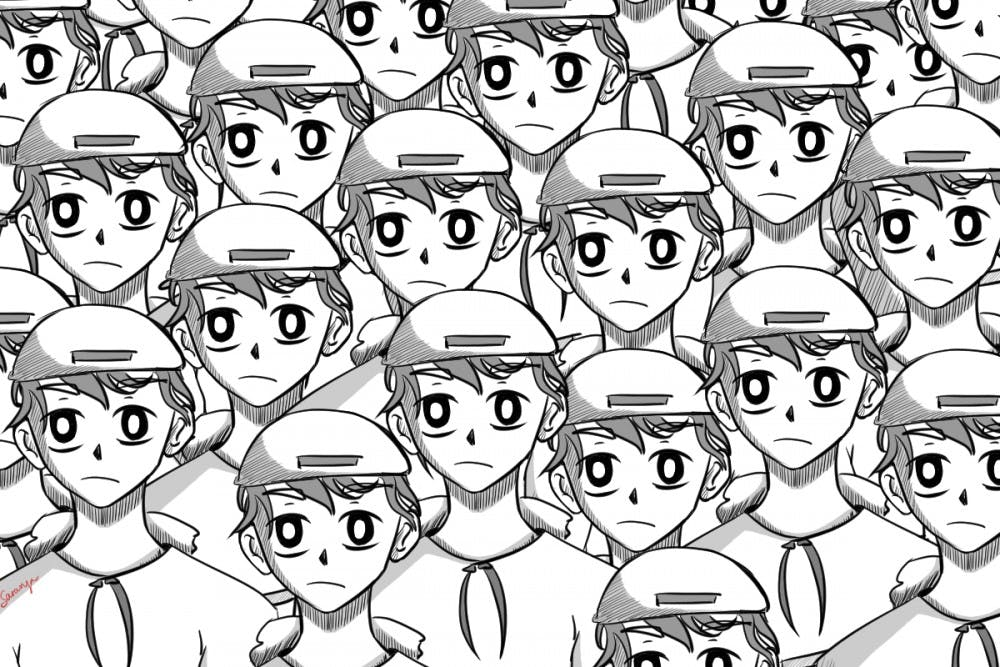If you look at any major U.S. music festival, chances are the lineup looks pretty much the same as any other. There is some diversity among the smaller acts, but the headliners this summer are all some variation of Eminem, Kendrick Lamar, and The Killers. Even looking at the smaller acts, it's extremely likely that if an artist is performing at one festival, they are also performing at another one.
This is strange. How can so many different festivals in such different cities have nearly identical artists performing? It is the same phenomenon that keeps radio stations playing the same music week after week; the music industry doesn’t rely on the radio or festivals anymore, the radio and festivals rely on the music.
Before the widespread use of the internet, people found new music through what was played on the air or through which artists came to their towns. Of course there were big name artists that everyone knew and that came to every city, but, with platforms like YouTube, Soundcloud, and Spotify, smaller artists now have the opportunity to quickly grow a fanbase all over the country.
Since artists who don’t get a ton of airtime—such as Anderson .Paak and the Free Nationals, Odesza, and Noname—have gained popularity through music streaming apps, they are now playing multiple music festivals across the country. While it’s great that people all over the U.S. have the opportunity to see their favorite artists, this uniform lineup takes away from the uniqueness of each city’s festival.
Bonaroo started off as a festival that focused on folk rock, a genre that is popular in Tennessee, but in recent years has greatly diversified. Most notably, Bonaroo has been bringing in a lot of rap artists, since rap is currently a very popular genre. So, among acts like Bon Iver, festival goers will also be able to see T–Pain, Playboi Carti, and Eminem, taking away from the distinct Tennessee feel.
There is so much history and culture around music, which I believe Bonaroo originally honored by creating a festival for people who loved folk rock and similar music to flock to and enjoy this shared interest together. Now, since there are so many genres performed at the festival, it loses that feeling of community among the festival–goers.
I myself am not a fan of EDM, but I loved Moonrise, an EDM festival in Baltimore. I didn’t love it because I suddenly discovered a newfound appreciation for EDM. I enjoyed it so much because it was just full of people who loved EDM. It was sort of like going to a convention: you get to see so many people passionate about the same thing, like a Comic–Con where people switch out the cosplay for neon colors and glitter.
I wish there were more of these genre–specific festivals, especially ones that are specific to the culture of the city they’re held in. Each city’s music scene is so different, and while I will never have the time to fully explore each scene, a music festival highlighting the key artists of each city would allow me, and others, to at least get a sense of it.

